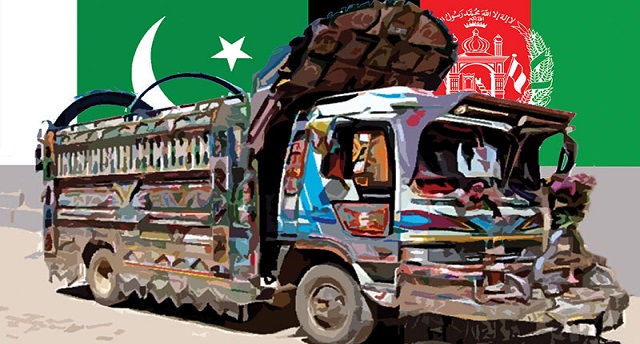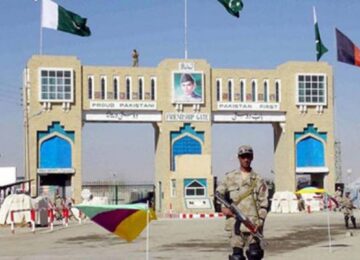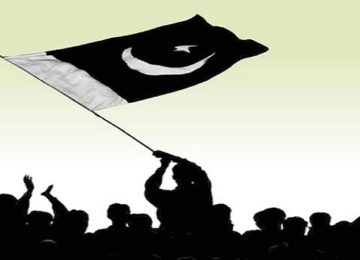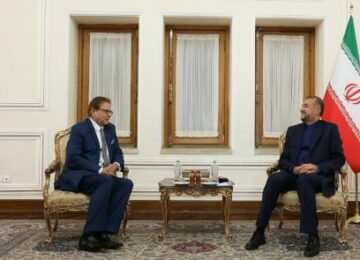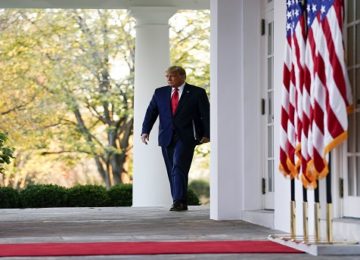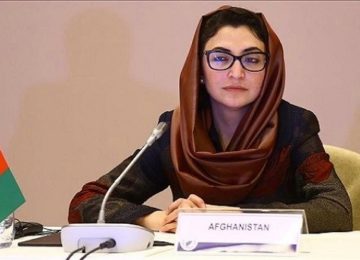December 13, 2019
International trade, as a tool for inclusive economic growth and poverty reduction, is at a priority for achieving Sustainable Development Goals (SDGs), across the globe. Particularly, in developing countries like Pakistan and Afghanistan, having been badly affected by perpetual instability, improved trade governance can help people earn better livelihoods. This would also draw-down the fodder for negative activities; paving way for the people to contribute positively to the development of their respective countries.
Cross-border trade between Pakistan and Afghanistan, has a history of its own economics; embedded in strategic, political, security and social context of the region. The two countries are involved in both bilateral and transit trade, which has often been marred by fluctuations. Therefore, the potential for socio-economic gains has remained under-utilized.
The most vulnerable to such fluctuations are the local populace, residing on both sides of the border, whose livelihoods depend on cross-border activities, such as transportation, small trade and daily wage labor. Leadership for Environment and Development Pakistan (LEAD) – a policy think tank – recently published a report on the social impact of cross-border trade on Pak-Afghan border regions. The study used the SDGs framework, while taking Torkham and Ghulam Khan Borders as case studies, to analyze the impact of trade on social issues such as employment, security, health and nutrition, education and gender etc.
The challenges faced by those involved in cross-border activities include: procedural delays, tedious cargo, document checking processes, corruption of border officials, overlapping jurisdictions. These factors lead to uncertainty and that impacts the workers at the lower end of the value chain i.e. daily wagers and loaders and unloaders.
Unstable income affects the locals’ access to health care services and education. Moreover, these border areas are deficient in health care services, suffer from shortage of physicians and medicines, and non-functional maternity centers in remote areas. Education meets the same fate, where many find it difficult to access. The unaffordability of education yet entails another dimension i.e. child labor, with many parents putting put their children to work because that means greater income. All of this ultimately has implications for social indicators, thus impeding the achievement of SDGs.
There is a hope that merger of erstwhile Federally Administered Tribal Areas (FATA) with Khyber Pakhtunkhwa (KP), would lead to development of local communities in border areas. This, however, also depends on the realization of the potential of trade in uplifting the social and economic condition of the border areas’ people, by provincial and federal government – given the fact that trade is inclusive.
The LEAD report also came up with certain policy recommendations such as including trade issues in provincial planning frameworks, sub-national plans and implementation strategies. The impact of trade in alleviating poverty and improving living standards of the people dwelling across the border can be ensured through inclusive policies, whereby everyone has a chance to reap the benefits of the prosperity. The agenda of SDGs can only be implemented if both the governments of Pakistan and Afghanistan work jointly to ensure free-flow of trade – detached from politics. Engagement of local communities, traders and all other stakeholders in decision-making as well as support for education and skills development could also be helpful in the long run.
There is therefore an urgent need for bringing together major stakeholders with direct stakes in Pak-Afghan trade to maximize gains for sustainable development in border region.
The author Tooba Altaf is an International Relations’ graduate, while working as a Researcher at Center for Research and Security Studies (CRSS), Islamabad.
© Center for Research and Security Studies (CRSS) and Afghan Studies Center (ASC), Islamabad.



